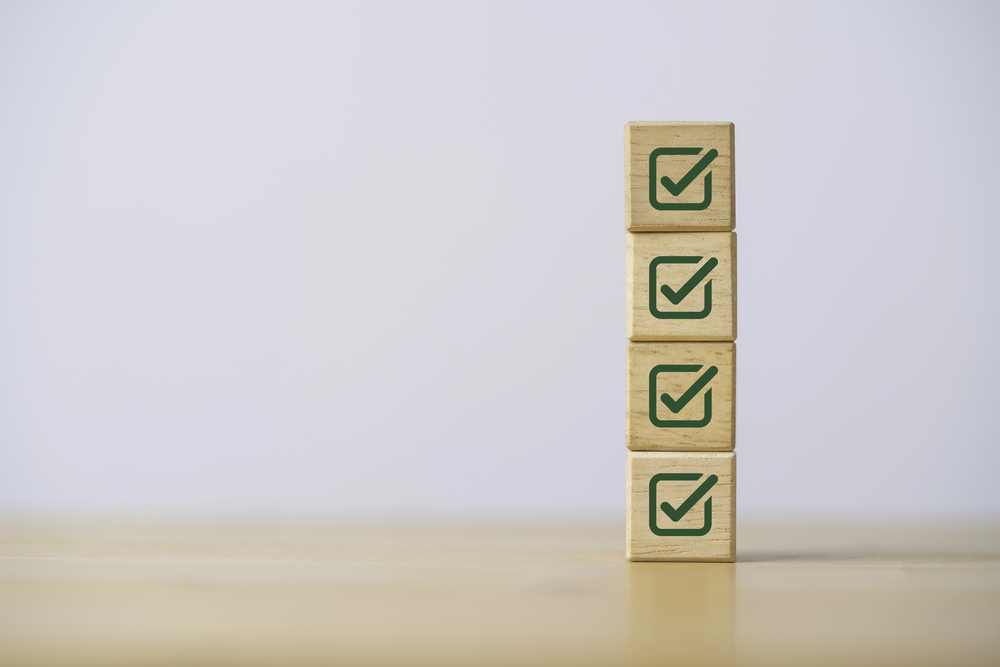One thing I’ve learned as a New Yorker living in the South:
The signal indicator is not everybody’s favorite vehicle feature.
I don’t know what it is, but I’ve mostly gotten used to how rarely other drivers on the road use it.
Still, what happened the other day reminded me why this tiny car feature — and what it represents — matters SO much. Not just on the road… but in our trading.
The SUV That Almost Got Me Arrested
I was getting groceries this weekend and on a road that had a bunch of construction — stop-and-go traffic. And there was this one SUV, clearly in a hurry. Its driver switched lanes without any signal, no warning. Luckily, I was a few car lengths back, so there was no crash. But still — it bugged me.
On the way back home, I was taking an exit of the main highways into my East Austin neighborhood. And this time there was a massive SUV sitting in that little triangle divider before the exit.
Again — no signal. No hazards. No blinking lights. Just sitting there.
Meanwhile, I had my right turn signal on and was starting to shift into the lane. As I got closer to that standstill vehicle, I got nervous. What if they pulled out right in front of me?
So I honked. Real Loud.
The New Yorker in me came RIGHT out.
Then I started to pass them, looked over… and saw the word in big blue capital letters…
S-H-E-R-I-F-F.
Printed along the side of the vehicle as I moved on.
I just kept driving. Didn’t change course. But I checked my rearview mirror like five times.
Was I about to get pulled over? Arrested?
Nope. They went back onto the highway. I was clear. Phew.
But I started thinking…
Signaling Is a Big Deal — In Trading Too
When you’re on the road, signaling is how you let others know what you’re about to do.
In trading, it’s not all that different.
It’s how you let yourself know what you’re about to do.
If you want to avoid chaos — or a crash — in the market, you have to be clear about your intention.
So what does that look like?
It starts with the data or criteria you use to decide whether you’ll take action.
That’s your version of a signal.
It might be technical analysis like price, time, and momentum (that’s what I teach), or fundamental news like earnings releases or economic reports.
The key is this:
Your “signal” should be clear, measurable, and easy to act on.
Don’t Leave Yourself Guessing
Think about the turn signal in a car.
You’ve only got two options: left or right.
It doesn’t leave you — or anyone else — guessing.
And unless you’re using hazards (a whole different story), the signal is either on or it’s off. Full stop.
That’s how your trading actions should feel!
You’re either entering because the trade meets your exact criteria…
Or you’re NOT.
And it’s not just about being decisive.
It’s about being prepared.
Make sure you give yourself enough time and protection around the decision — don’t just jump into trades.
Not All Trade Signals Are Created Equal
For every trade you consider, there should be:
- Must-haves – The condition or conditions that absolutely have to be present for you to act
- Boosters – The bonus signals that add extra confidence but are only considered one a must-have has appeared.
Once those are lined up — then you take action and enter the market.
Not before.
Don’t Risk Getting “Arrested” by a Bad Trade
Now, you won’t actually get arrested by a sheriff for poor signaling in the markets.
But…
Enough bad trades will eat away at your capital… or your confidence. Or both.
So treat this as a skill to develop until it becomes a habit. Just like most drivers learn to use their signals by making the conscious effort, but then it becomes almost automatic, train yourself to use clear signals in trading.
You never know who’s watching.
Or what part of you — your capital, your emotions — might get sideswiped!
💬 Your Turn
Have you ever had a close call — in traffic or in trading — that taught you a lesson?
👇 Drop it in the comments below.
I'd love to hear what it's helped you change or see more clearly in your trading.
📅 Stay Connected
Be sure to check the Event Calendar for upcoming opportunities
💡 Learn More
Want to learn more about how to create Must-Haves and Boosters as part of your trade signals?
Hima dives into all of that inside the brand-new First 40 Trading Club.
Make sure you’re on our mailing list and keep an eye on your inbox for how you can join this week!
Got questions? Email us anytime at [email protected]





Leave a Reply